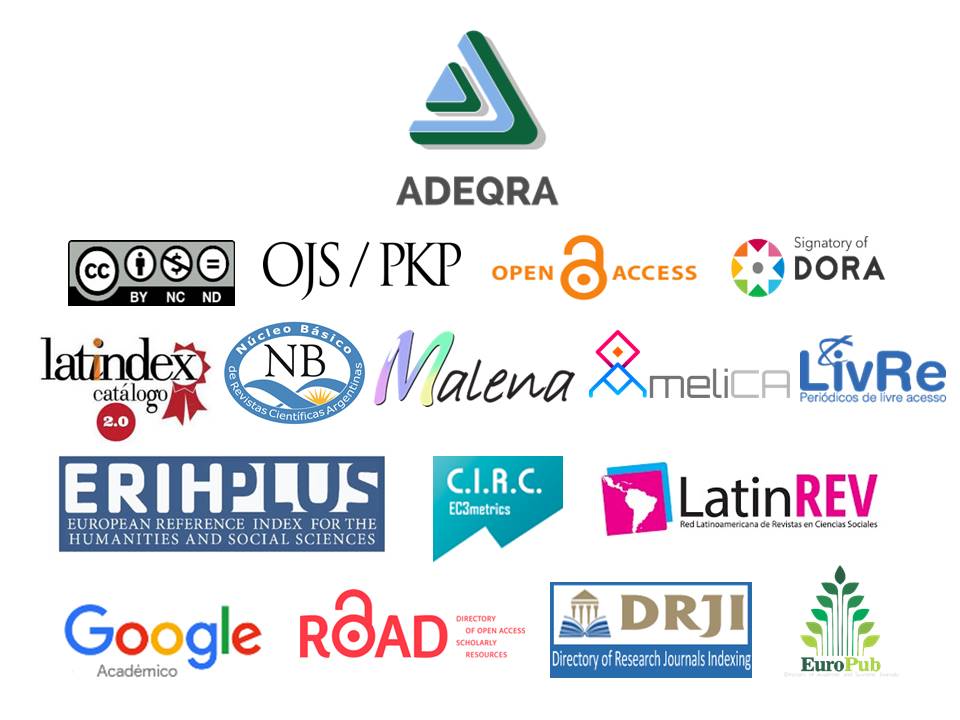De la estructura a las propiedades de los cicloalcanos: una estrategia didáctica basada en la utilización de software de modelado molecular
Palabras clave:
Educación secundaria, cicloalcanos, TICs, Modelado Molecular, Habilidad espacialResumen
El estudio de los Cicloalcanos es de importancia en el desarrollo curricular de la Química en la escuela secundaria, dada la frecuencia con la que se encuentran en la naturaleza las estructuras cíclicas distintivas de este grupo. Éstas aparecen en muy diversos compuestos tales como hidratos de carbono, esteroides y antibióticos, sustancias que cumplen funciones centrales en los sistemas biológicos, así como también en el petróleo, fuente de combustibles y materias primas para la industria de procesos. En este trabajo se expone una estrategia didáctica para el desarrollo de la unidad conceptual correspondiente a la estructura y propiedades de los Cicloalcanos, basada en la utilización del programa de modelado molecular de acceso libre ACD/Chemsketch v12.01 con el cual los estudiantes pueden generar, visualizar y manipular representaciones tridimensionales de las moléculas de estos compuestos.
Citas
Chandler, P. y Sweller, J. (1991). Cognitive Load Theory and the Format of Instruction. Cognition and Instruction, 8(4), 293-332
Harle, M. y Towns, M. (2011). A review of spatial ability literature, its connection to chemistry, and implications for instruction. Journal of Chemical Education, 88, 351-360.
Lorenzo, M. G. y Pozo, J. I. (2010). La representación gráfica de la estructura espacial de las moléculas: eligiendo entre múltiples sistemas de notación. Cultura y Educación, 22 (2), 231-246.
Ministerio de Educación de la Nación (2011). Núcleos de Aprendizajes Prioritarios. Ciencias Naturales. Campo de Formación General. Ciclo Orientado. Educación Secundaria. Buenos Aires, Argentina.
Ministerio de Educación de la Provincia de Santa Fe (2014). Diseño Curricular de Educación Secundaria Orientada. Santa Fe, Argentina.
Ministerio de Educación de la Provincia de Santa Fe (2016). Núcleos Interdisciplinarios de Contenidos (NIC): la educación en acontecimientos. Santa Fe, Argentina.
Wu, H-K. y Shah, P. (2004). Exploring visuospatial thinking in chemistry learning. Science Education, 88, 465-492.
Descargas
Publicado
Cómo citar
Número
Sección
Licencia

Esta obra está bajo una licencia internacional Creative Commons Atribución-NoComercial-SinDerivadas 4.0.



